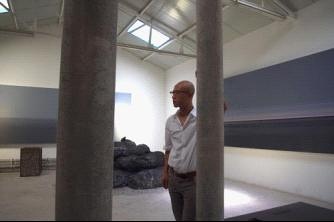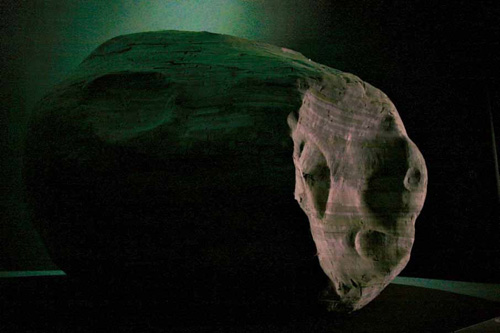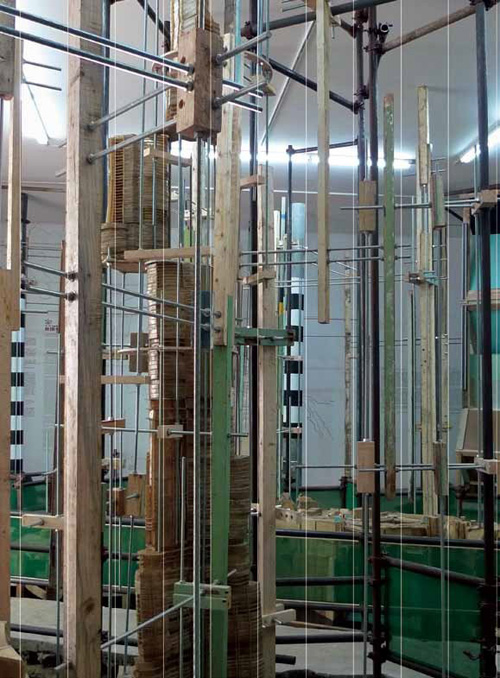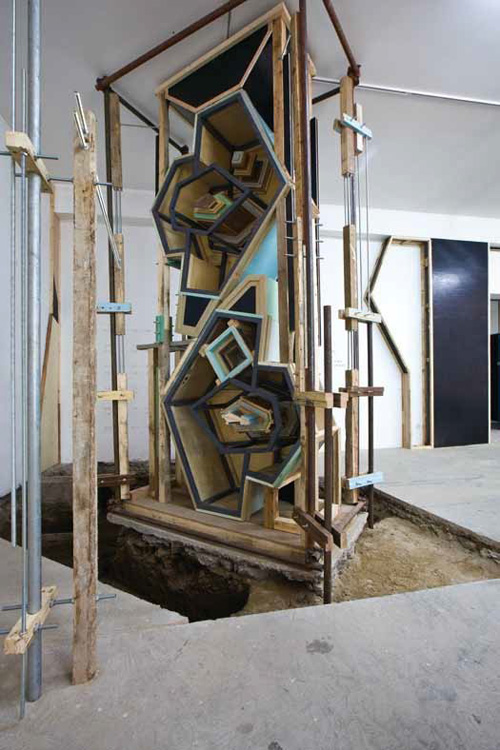|
Introduction of the artist:

LIU Wei (China)
1972 Born in Beijing, China. Lives and works in Beijing, China.
Selected solo exhibitions: 2012 Foreign, Almine Rech Gallery, Paris, France;
2011 Myriad Beings, Today Art Museum, Beijing; 2011 Trilogy, Minsheng Art
Museum, Shanghai; 2009 The Forgotten Experience, Galerie Hussenot, Paris;
2009 Yes, That’s All, Beors-Li Gallery, Beijing; 2007 The Outcast, Boers-Li
Gallery, Beijing; 2007 Love It, Bite It, China Art Archives and Warehouse in
association with Boers-Li Gallery, Beijing; 2006 Property of Liu Wei, Beijing
Commune, Beijing;
Selected group exhibitions: 2010 DREAMLANDS, Centre
Pompidou, Paris; 2010 State of Things?– Exhibition of the Contemporary Art
Exchange between China and Belgium, National Art Museum of China, Beijing; 2010
the 8th Shanghai Biennale, China; 2009 Breaking Forecast- 8 Key Figures of
China’s New Generation Artists, Ullens Center for Contemporary Art, Beijing;
2008 Busan Biennale, South Korea; 2008 3rd Guangzhou Triennial, China; 2008
Revolution Continues, Saatchi Gallery, London; 2008 China Power Station 3, Mudam
Luxembourg, Luxembourg; 2007 9th Lyon Biennale, Lyon, France; 2007 China Power
Station 2, Astrup Fearnley Museet for Moderne Kunst, Oslo, Norway; 2006
AllLookSame? Tutttuguale?, Fondazione Sandretto Rebaudengo, Turin, Italy.
Introduction of works:



Whether it involves painting or sculpture, video or installation – the medium
has never been the question for Liu Wei; he is first and foremost a visual
explorer.
Liu Wei often emphasises a type of ‘reality’, one that is perhaps different
from the real world he perceives outside his studio. In Liu’s ‘reality’,
readymade wooden remains of discarded furniture can freely develop into all
sorts of architectural works. He incorporates colours reminiscent of an era of
socialism – light green, cream, ochre – and, like the ripening of fruit, his
works gradually mature into their own type of ‘reality’, according to his own,
fixed ‘order’. The basis of this ‘order’ lies in Liu’s creative process and can
be compared with the theory and practice behind traditional Chinese ink
painting. Laozi mused in the Daode Jing, “the way gives birth to One, One gives
birth to Two, Two gives birth to Three, and Three gives birth to ten thousand
things.” The practice of working with an ink brush is a similar process – one
allows the ink to fall to the paper, and lets the strokes follow behind, growing
and spreading, each of them based on the one that came before. Stone mountains
and lush forests grow, all attempting to retain their own forms but inevitably
merging together – all reliant on the visual eagerness of Liu’s ‘order’ and
imagination. Brushstrokes form from brushstrokes – with organic shapes that
belong to nature as well as to society. And in the process through which this
‘reality’ takes its form, relationships form a simple bond, grafted and
juxtaposed to create a new visual relationship, harmony, or perhaps
contradiction. Strokes come together, perfectly suited for one another, each
present with an unrestrained sense of urgency. In this ‘reality’,
there is a colossus resembling a stone meteorite – an installation made from
readymade, natural materials – that directly opposes the artist’s visual
perception of books. In Liu Wei’s mind, books are marvellously intriguing: not
only due to their content, but also to their shape, density, texture, and the
sort of ineffable energy they possess. Sitting there quietly, unread, these
present another ‘reality’ – the transience and limited nature of knowledge.
|

